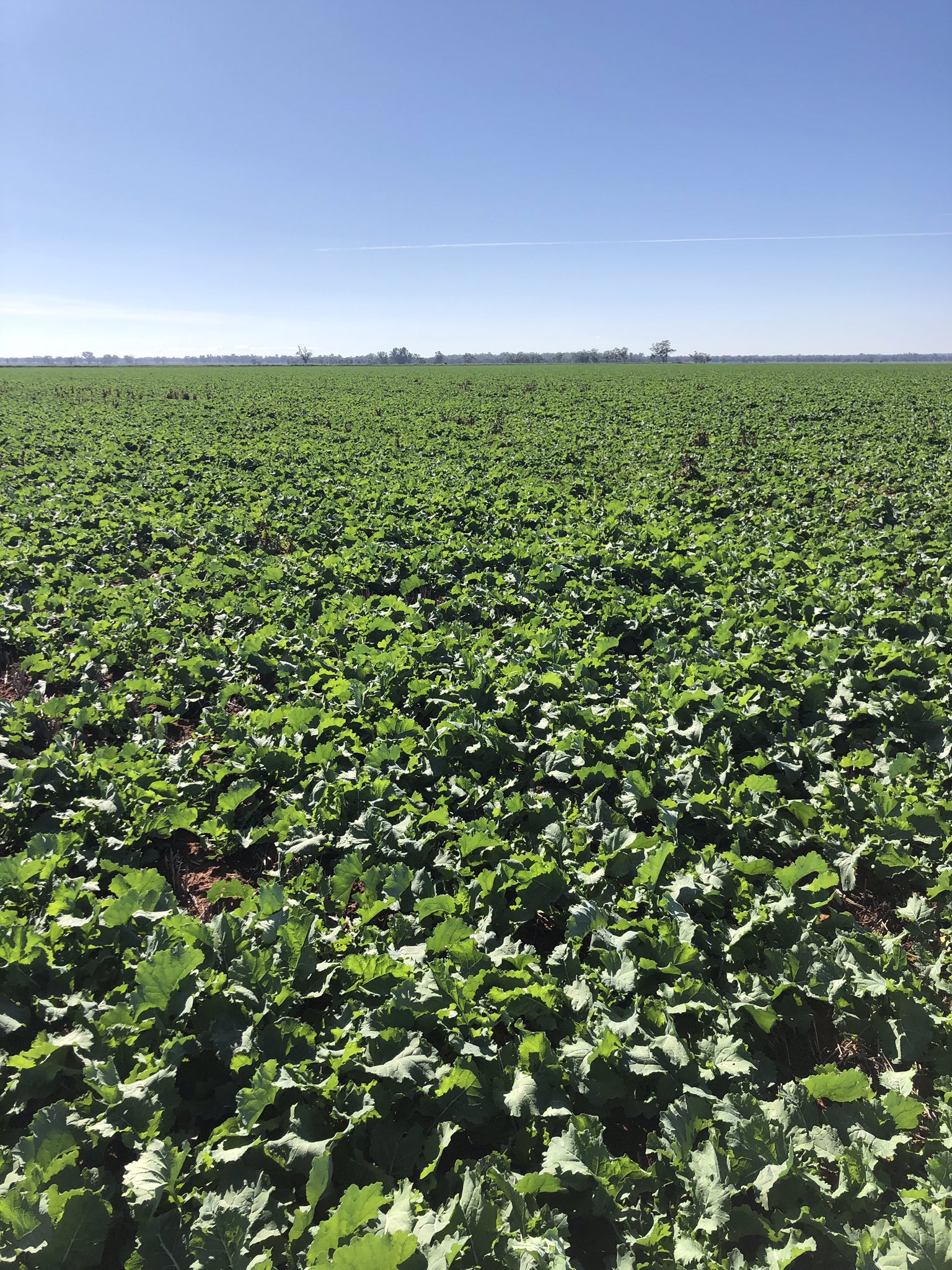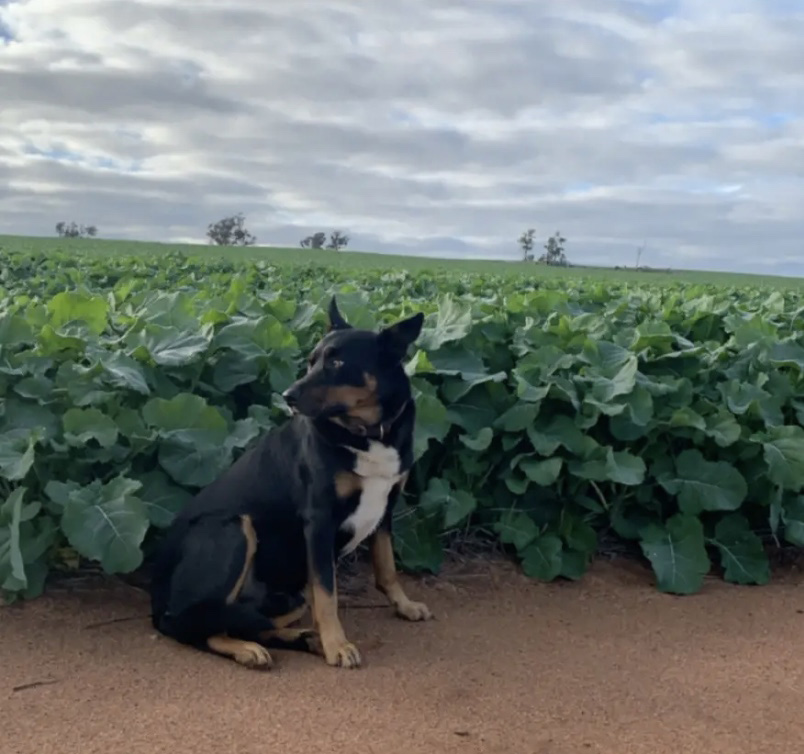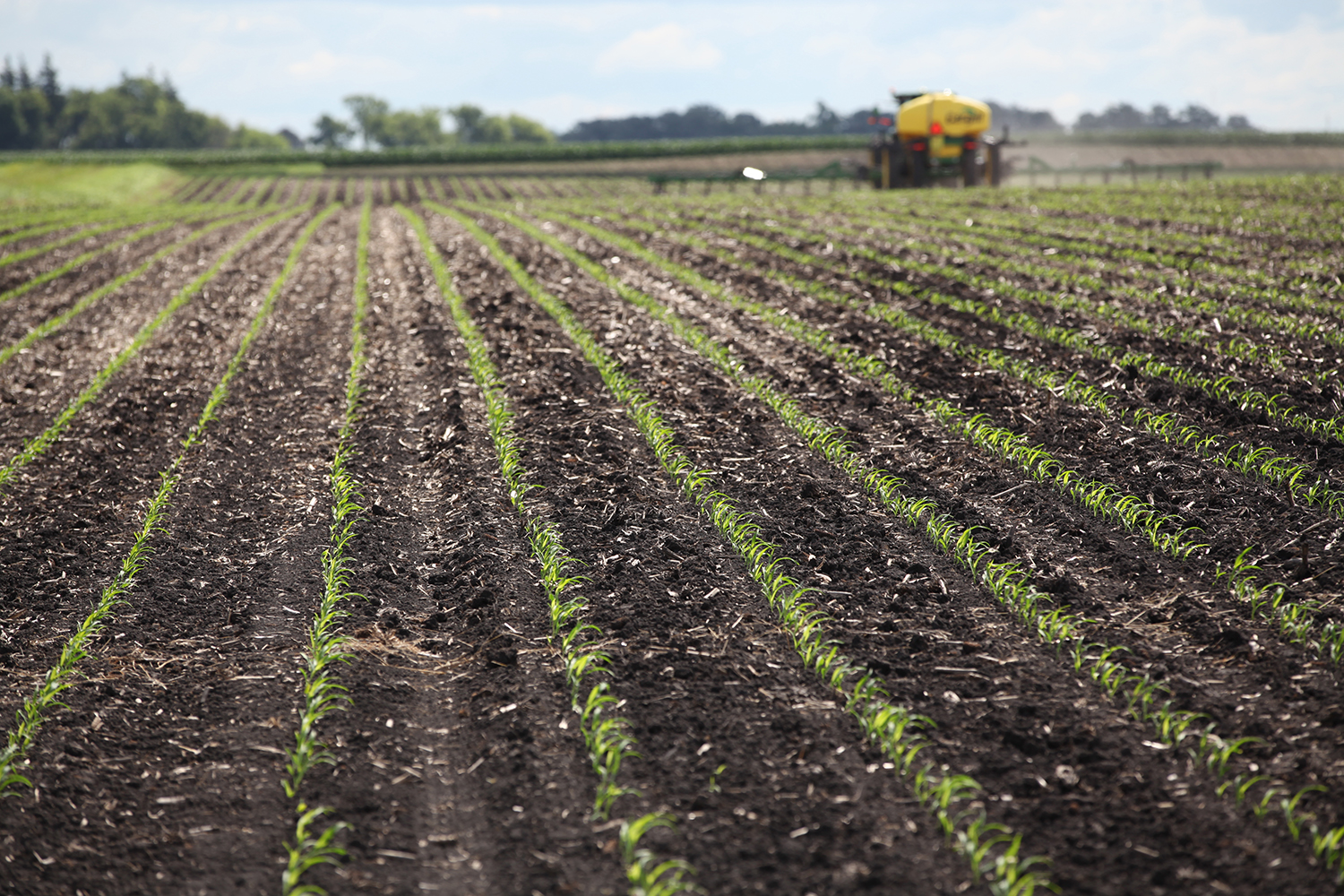WA Market Wrap - August
By David Cripps
Whilst there is always someone that misses out, the rainfall over the past couple of weeks in most of the state and for that matter the grain growing areas of the nation have been significant enough to bolster crop estimates upwards again and the country is looking like it will have a large volume of excess grain for export this season for the first time in a few years. The rain in WA came just in the nick of time for many getting things back on track for an average season.
Wheat markets have been erratic during the month of July, and the early part of August has been no exception. News of the Russian crop suffering and the dry conditions in some parts of Australia early to mid-July created a surge in futures and a spike in the cash markets. Outlooks in both these regions corrected with better weather conditions and the market has now lost all the gains made to be back at the pre-rally starting levels again. Russian wheat crop harvest is in its infancy and is reporting better than expected yields and the growers are now starting to sell the large crop. Add to this the upcoming Canadian harvest is also looking promising so the bearish disposition of traders looks like it will continue until something changes their view.
Canola has found some support along the way, with a spike in early August to $640 which had many scratching their heads, however it has now settled back to levels around the $610-$615 mark. Since the beginning of May the canola price has predominantly fluctuated between the $605-$630 levels with the aforementioned spike only lasting one day. The spread between Non-GM and GM is still historically high however in the last week or so the gap has closed ever so slightly ($100 down to $90). USDA report estimates soybean stocks are below what the trade are calling them and the European canola crop is smaller, this is being offset by the reduced demand for bio-diesel because of the decline in travel as the effects of the coronavirus pandemic linger, these factors could help canola to maintain price levels in the short term.
The malt barley market is still in limbo waiting for direction from the world maltsters who need to understand what demand there is going to be moving forward in the COVID-19 world we now live in. With restrictions still in place for many countries, who knows when the demand will get back to pre COVID–19 levels. Today demand for malt appears to be down approximately 20-30% after a few years of increases and this is going to impact prices for the foreseeable future. Feed barley is competing on the world market with high corn stocks and in general good S&D’s. Thailand could be one growth market to support Saudi with feed demand that can hopefully help provide a good base price level for the 20/21 crop.
If you would like to discuss the market please don’t hesitate to give Ben, Jess or myself a call on 08 6330 5000.
Coronavirus Update

At Cargill we have been actively managing our business to continue operating as usual to avoid disruption to our customers whilst also managing the safety, health and wellbeing of our workforce. Our customers are one of our major priorities and we want to ensure we continue to keep you informed.
Read MoreA dry period ahead helps farmers get back in the tractor

Most farms across the East Coast cropping regions won’t be too disheartened to hear that we are in for a relatively dry fortnight ahead.
Read MoreSomething to crow about for 2020

For the second consecutive weekend the cropping belt from Central New South Wales through to South Australia has received welcome rainfall providing additional opportunity for farmers to capitalise on the season, boosting yield potential with an added nitrogen application.
Read MoreJune forecast brings bullish sentiment

Last week bought about the first official national crop forecast from ABAREs for the 20/21 crop and generally, the numbers were in line with expectations
Read More